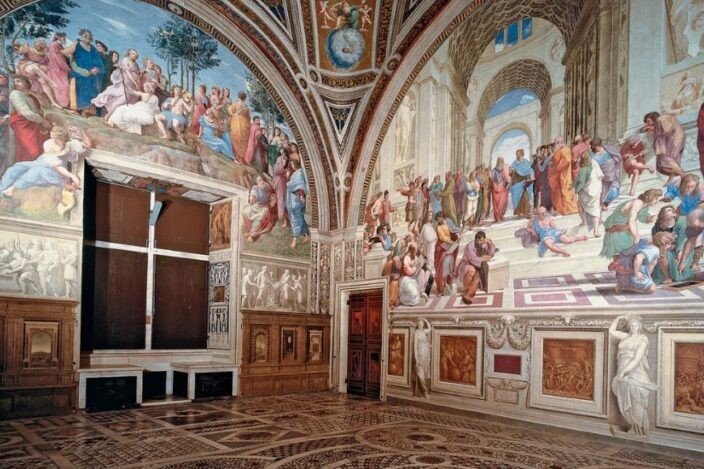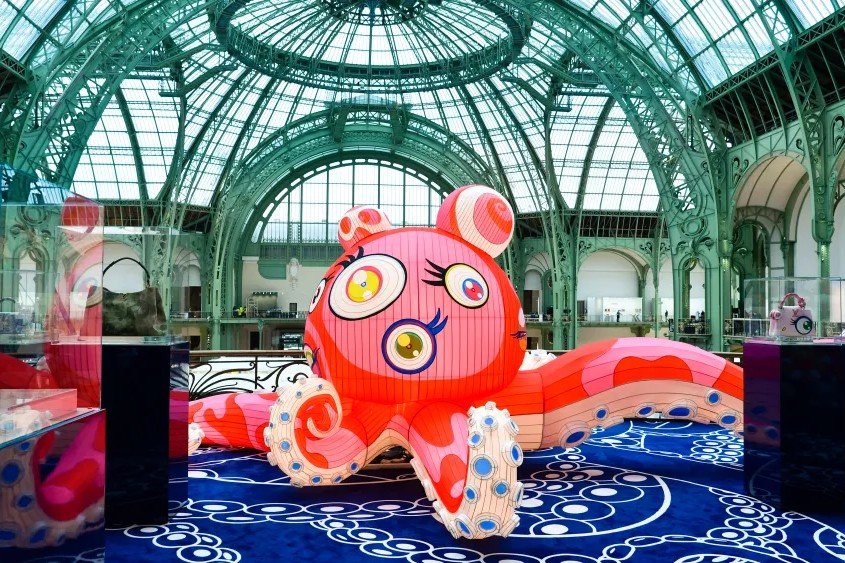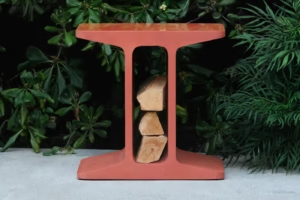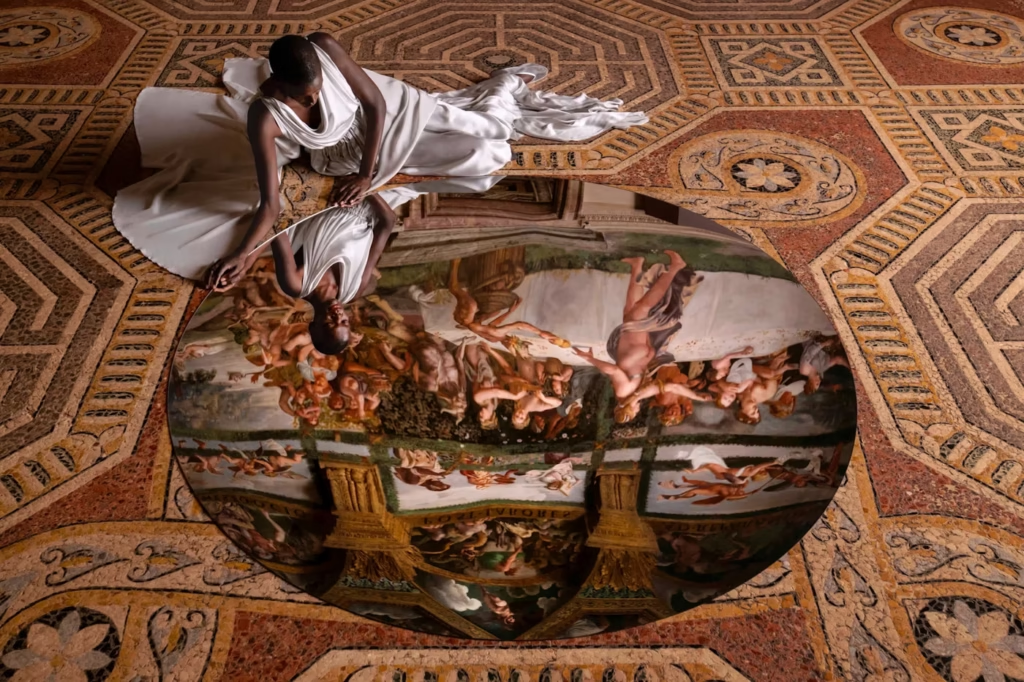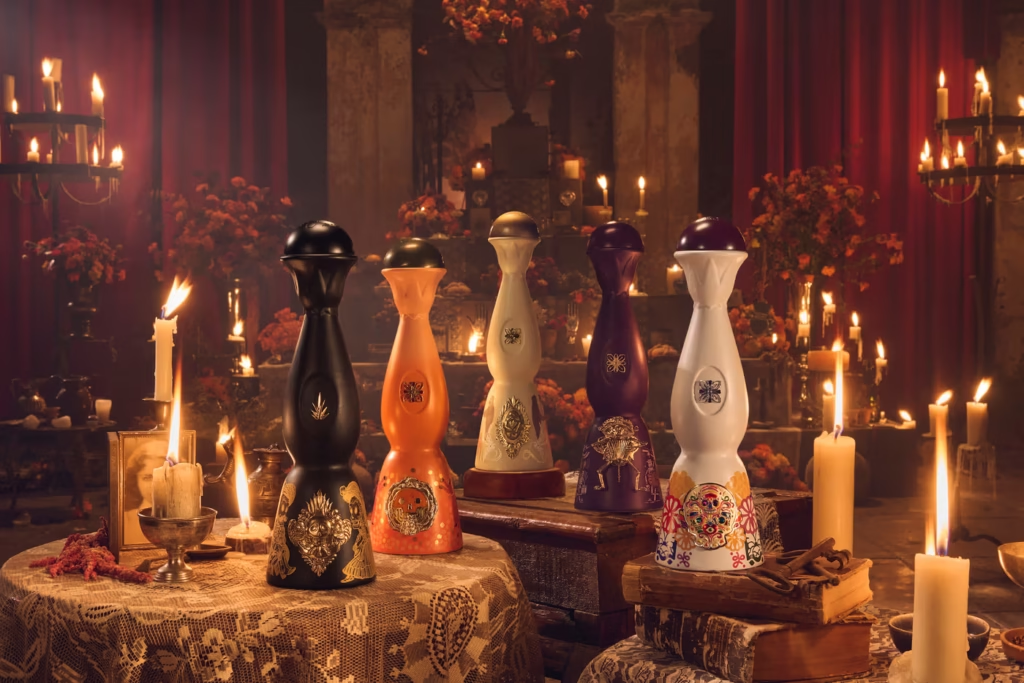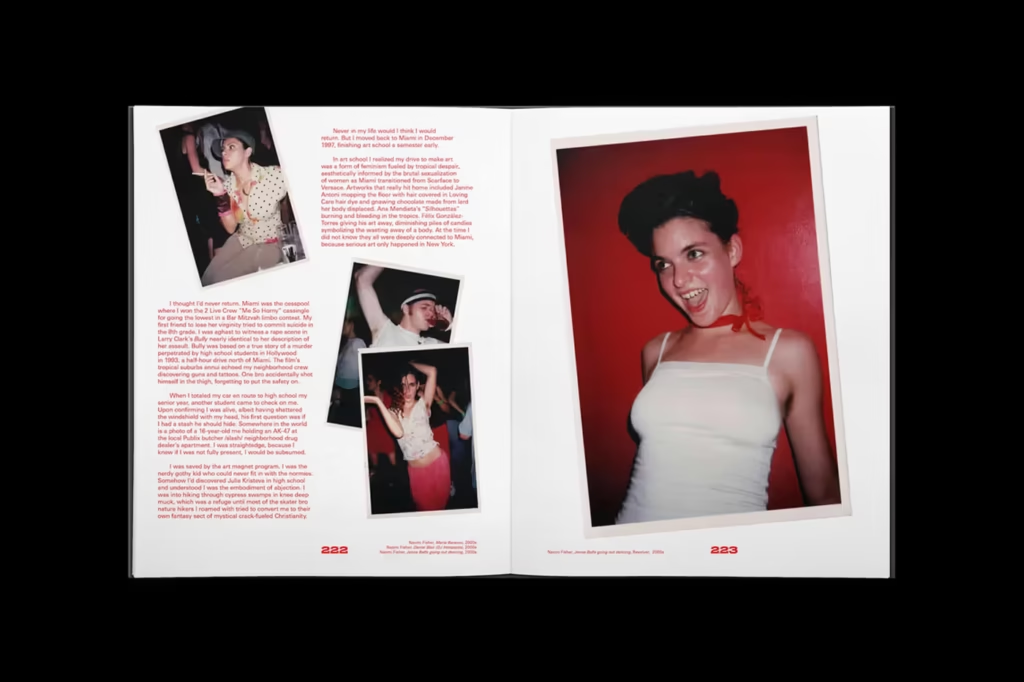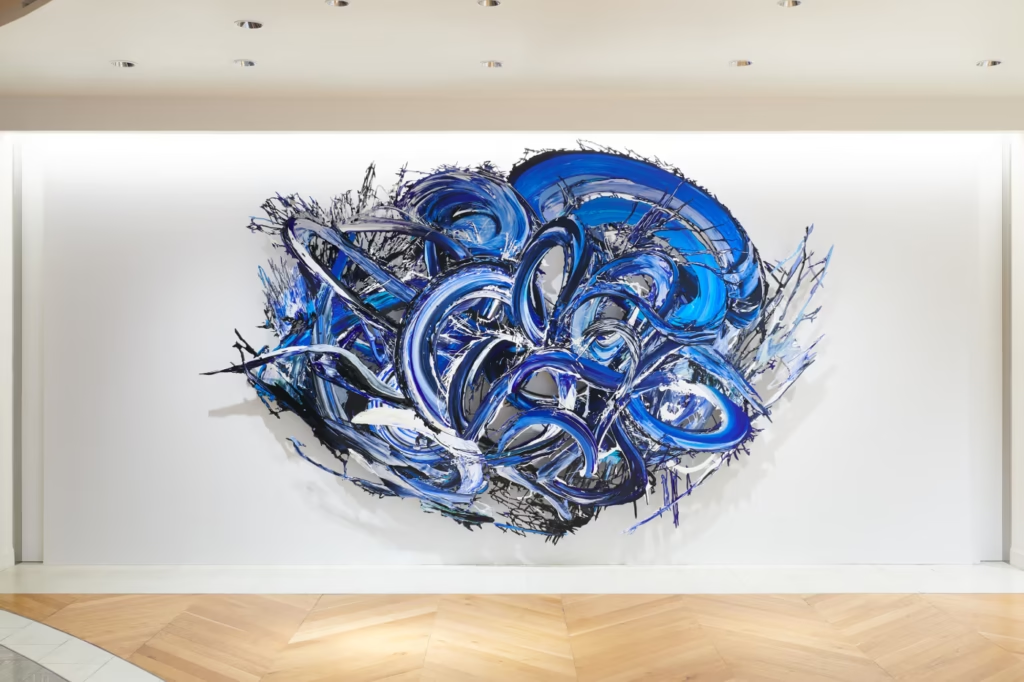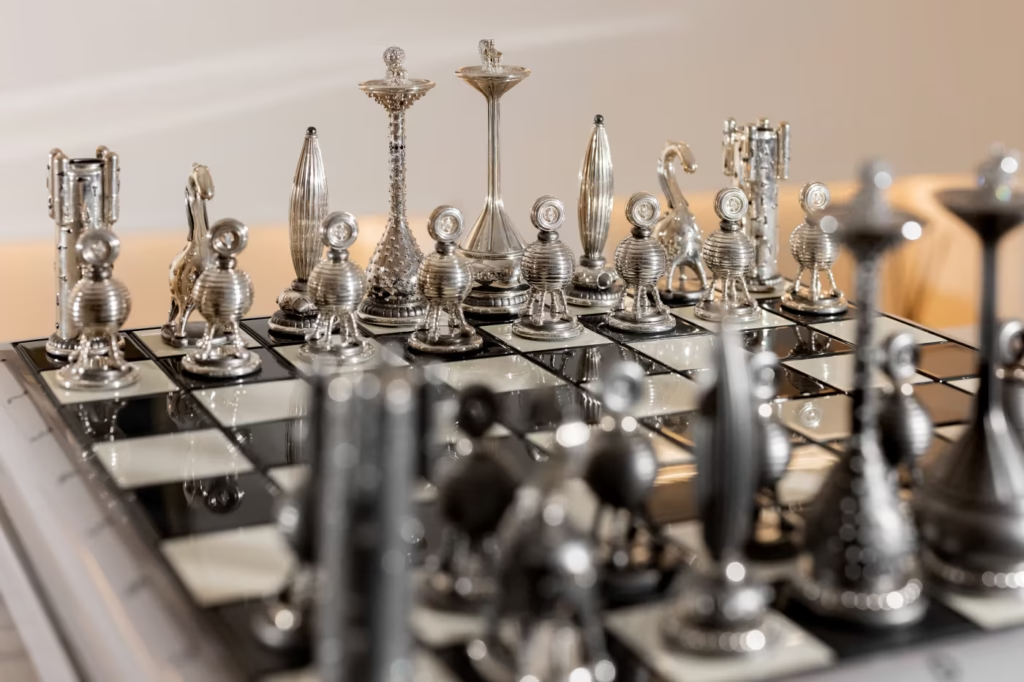A major art discovery has just reshaped what we know about one of the most visited sites in the Vatican Museums. After a decade-long restoration of the Hall of Constantine — one of the famed Raphael Rooms — experts have confirmed that Raphael himself painted two key figures in the space, previously believed to be the sole work of his assistants.
The find came during a meticulous conservation process that not only revived the grandeur of the hall but also brought a fresh perspective to Raphael’s final days as an artist.
Raphael’s Signature Style Resurfaces
For years, art historians believed Raphael never actually painted in the Hall of Constantine, as he died in 1520 before the space was completed. His trusted assistants finished the work using his designs — but this new discovery proves Raphael left a more personal imprint than anyone realized.
During restoration, conservators noticed something different about two allegorical female figures — Justice and Friendship. Unlike the rest of the frescoes, these figures were painted with oil, not the typical water-based pigments used in fresco techniques. This detail was crucial: Raphael was known for his experimental use of oil on wall surfaces — a method he invented using resin panels nailed to the wall.
These findings, along with the discovery of metal nails hidden beneath the plaster, strongly point to Raphael’s direct hand in the work, just before his death. The rest of the hall was completed in the traditional style by his team, who were unable to replicate his oil technique.
A Major Addition to Raphael’s Legacy
“This restoration rewrites part of art history,” said Barbara Jatta, director of the Vatican Museums. “We have two more Raphaels in our catalog.”
The Hall of Constantine is part of a larger series of rooms commissioned by Pope Julius II in 1509. Raphael’s team completed the room after his passing, painting dramatic scenes from the life of Emperor Constantine — celebrating Christianity’s rise over paganism. Now, we know that Raphael had already begun painting parts of the room himself before his sudden death at age 37.
According to conservator Fabio Piacenti, Raphael’s approach was “truly experimental for the time” and hasn’t been found in any other known oil-based mural.
A Newly Restored Masterpiece
The restoration began in March 2023 and wrapped up in December 2024, with much of the hall remaining open to the public during the process. Now fully completed, visitors can experience not only the restored beauty of the space, but also the exciting knowledge that Raphael’s brush lives on within it.
This discovery is more than just a technical footnote — it’s a rare, tangible connection to one of history’s most celebrated artists, hidden in plain sight for over 500 years.


